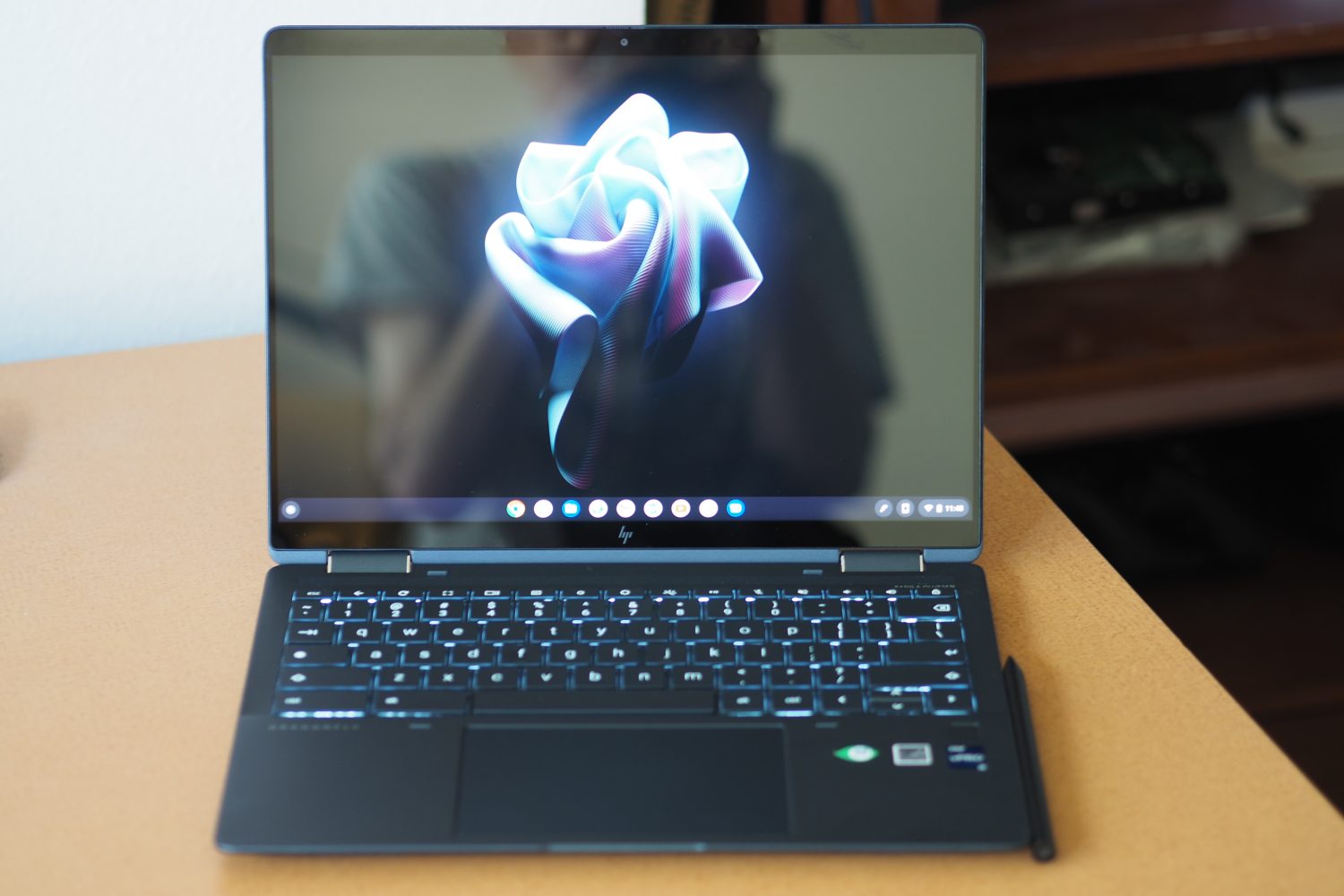
MOTU has also endowed a batch of their built-in synths with MPE capabilities. In DP, once you have defined your controller as an MPE device ( see my tutorial for setting up MPE and Multi-Channel tracks in DP 11), you are ready to wring expression out of any MPE-capable synth, such as FXPansion Strobe 2, Rhizomatic Plasmonic, Roli Equator, or Arturia Pigments. The latter two required minimal finagling, and the former took two or three clicks in a single pane.Īlthough it’s similar to multi-channel MIDI, MPE requires a different set of protocols shared between controller and synth. MPE deploys a similar multichannel approach so that notes can respond independently to channel-based MIDI control messages.īecause DP MIDI tracks can now record data from multiple channels, there’s no longer any need to create a track for each channel – you simply set the output of the target device to “ any.” Rhizomatic Software’s Plasmonic proved to be a perfect pairing for my MIDI guitar and DP’s Multi-Channel MIDI tracks, as did UVI Falcon and Spectrasonics Omnisphere. Those of us who play MIDI string instruments relied on MIDI Mode 4, a setup that allows data such as pitchbend to be issued independently from each string. Prior to version 11, DP MIDI tracks were strictly one MIDI channel per track, so using MIDI Polyphonic Expression required a bit of hoop-jumping – as did setting up tracks for MIDI guitar or other multichannel controllers. Here are some of the notable updates in DP11. But in my (highly controversial) opinion, none has done so with the craft, creativity, and depth of DP.

#DIGITAL PERFORMER 5 REVIEW SOFTWARE#
To be sure, most of the other software packages have proceeded apace. We even have virtual recording studios as plug-ins within our virtual recording studios! The pictures below illustrate the focal length range from wide to telephoto:Ĭanon EF-S 18-55mm 1:3.5-5.Being a modern-day DAW, DP11 hosts racks of synthesizers, MIDI and audio processors, it syncs to picture, has music notation, compositional tools… so much more. Overall this represents a pretty impressive technical achievement by Canon’s lens designers.

As an added bonus, the minimum focus distance has been reduced from 0.28m to 0.25m, offering a welcome increase in maximum magnification from 0.28x to 0.34x. However the lens remains impressively lightweight and compact addition of the IS unit adds nothing to its diameter, and just 10g to the weight.

The aperture diaphragm has been moved rearwards in the lens assembly, and the lens coatings also appear to have been changed. The new lens is slightly longer than its predecessor (70mm vs 66mm), and the front element is substantially larger in diameter (44mm vs 37mm) the optical diagram reveals that the next three elements are also larger, presumably to accommodate the demands of the optical IS unit. Side-by-side comparison of the 18-55mm IS to the non-IS mk II version suggests that it offers more than simply the addition of an IS unit. This new lens is a clear response to the competitive threat posed by other manufacturers offering sensor-shift stabilization in relatively inexpensive DSLR bodies, so the big question is whether it can deliver the goods in terms of image quality, in the face of some strong competition at this entry-level point. IS stands for Image Stabilization, and the new lens features a wholly new, simplified optical image stabilization module, which Canon claim offers similar performance to that offered in their higher end (and hitherto much more expensive) IS lenses.
#DIGITAL PERFORMER 5 REVIEW UPGRADE#
And those optics were never the strong point of this lens, which gained a reputation as a somewhat mediocre performer, with many users looking to upgrade fairly rapidly.īut Canon has now produced a major upgrade in the shape of this IS version, which looks destined to become the new standard kit lens for Canon's APS-C dSLRs such as the EOS 450D. The design was slightly refreshed with the introduction of a mk II version to accompany the Digital Rebel XT/350D, however this only really featured subtle cosmetic changes, with no improvement to the optics. The focal length range was chosen to be equivalent to the popular 28-90mm kit lenses then available for entry-level 35mm SLRs, and lightweight plastic construction was used to keep costs down.

Canon's 18-55mm 1:3.5-5.6 IS is the latest in its line of inexpensive DSLRs kit lenses which began with the original 18-55mm in 2003, as an accompaniment to the groundbreaking EOS Digital Rebel/300D (widely considered to be the camera which started the affordable DSLR revolution).


 0 kommentar(er)
0 kommentar(er)
